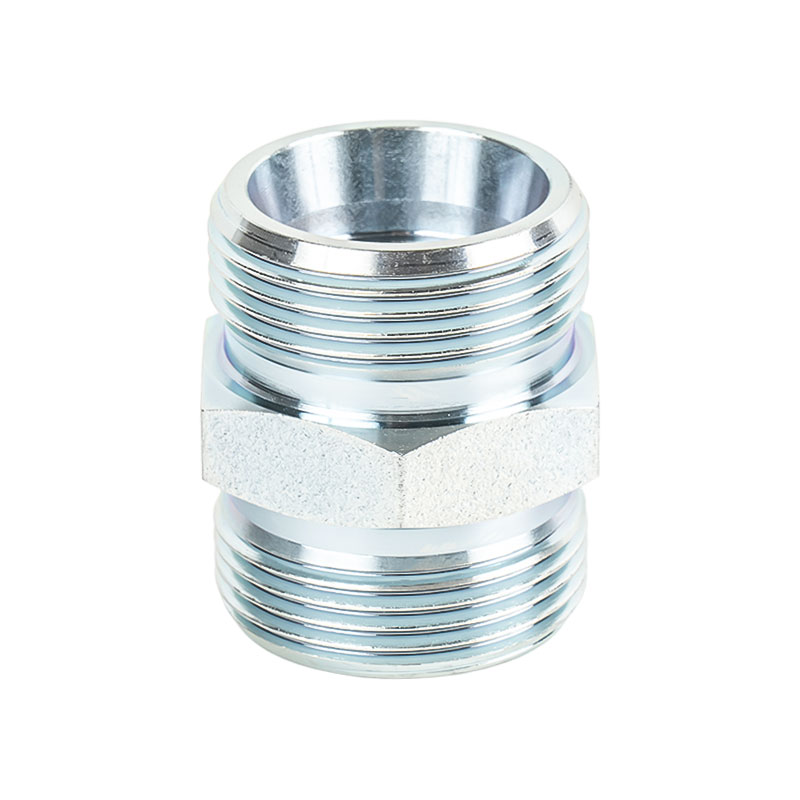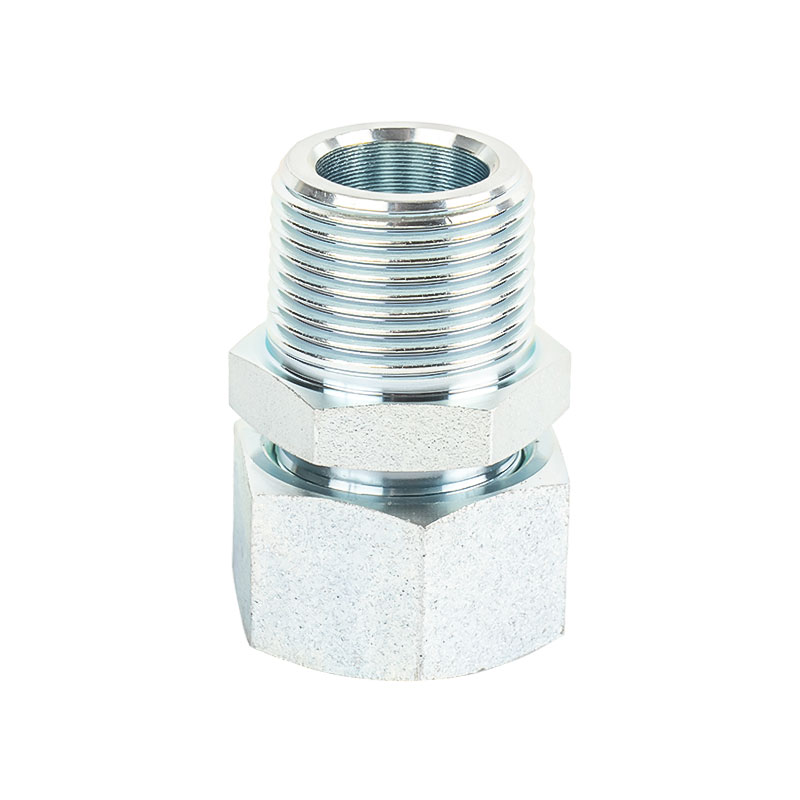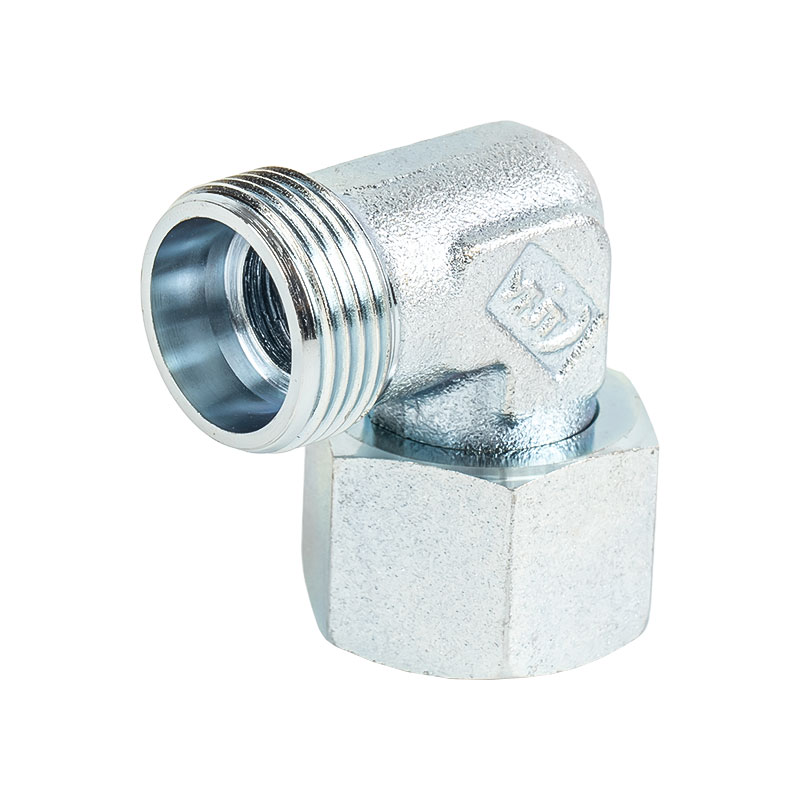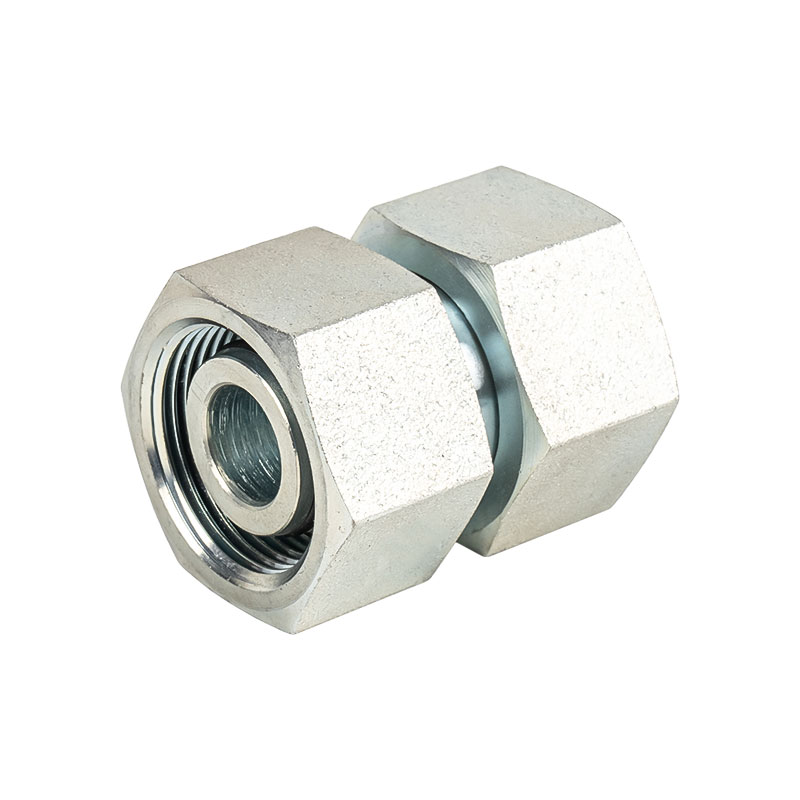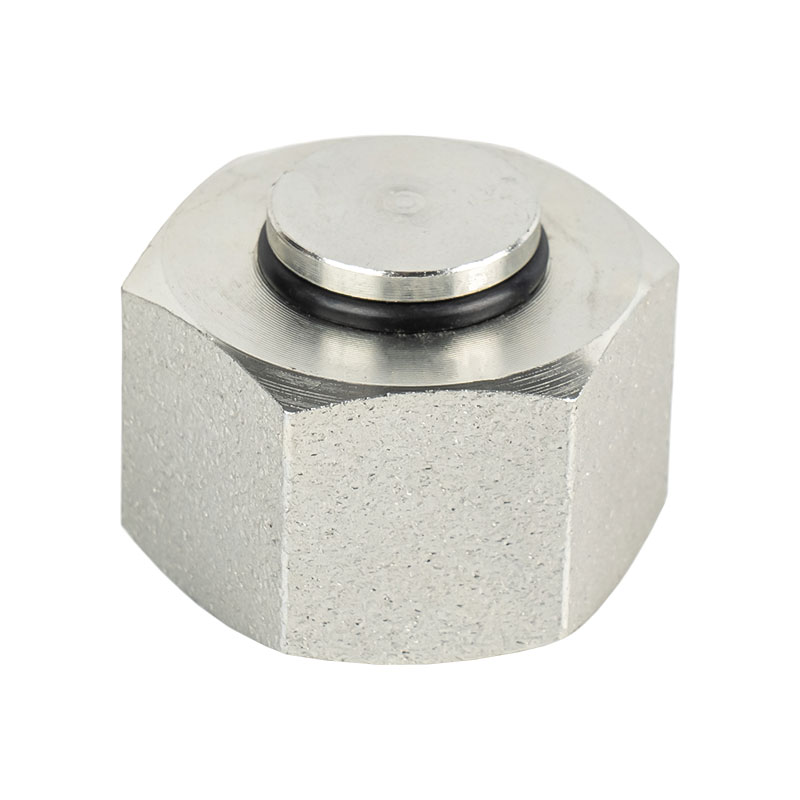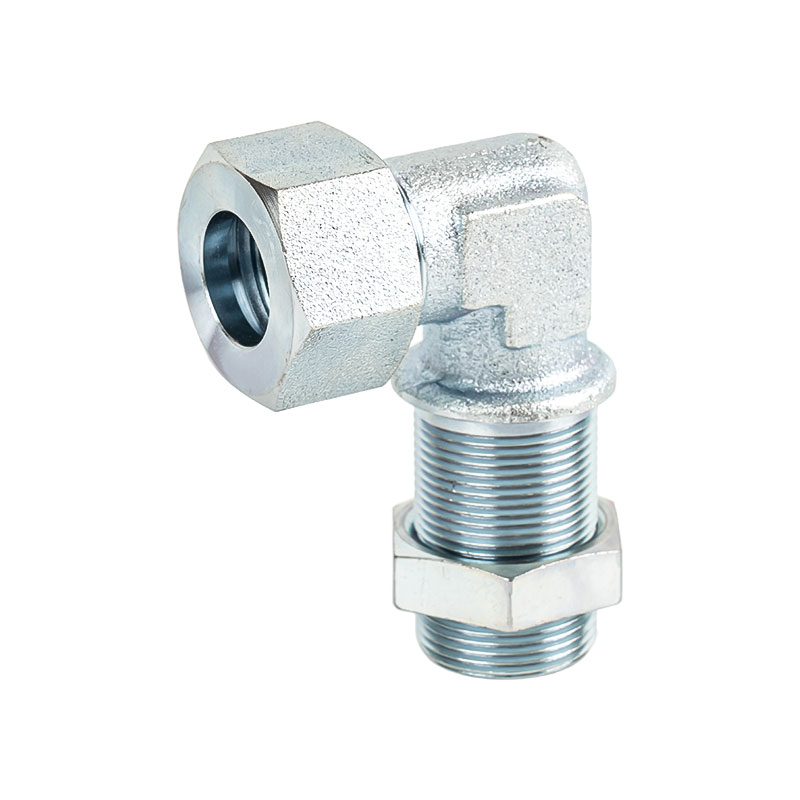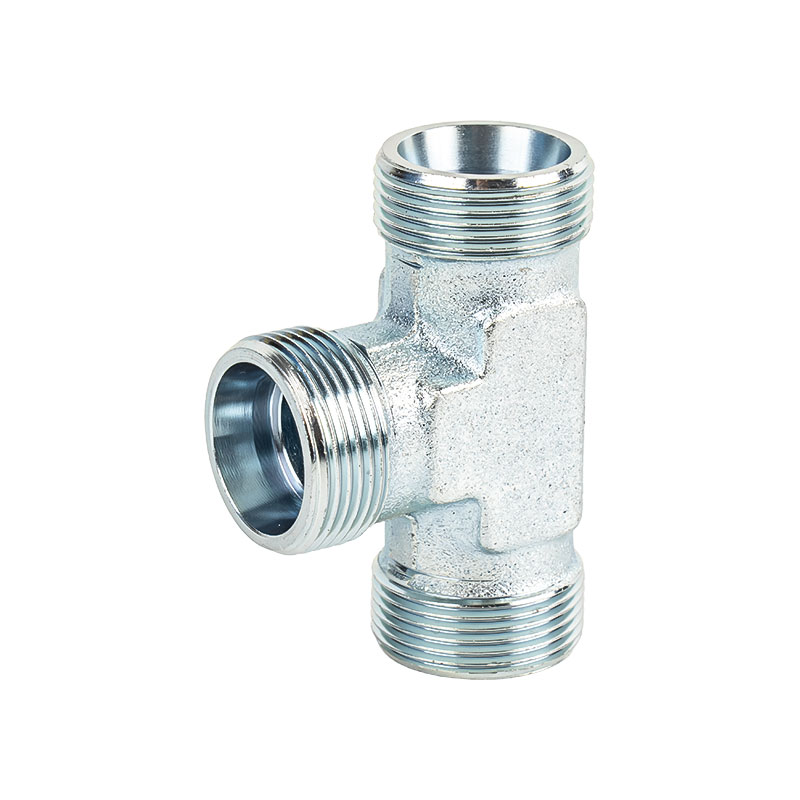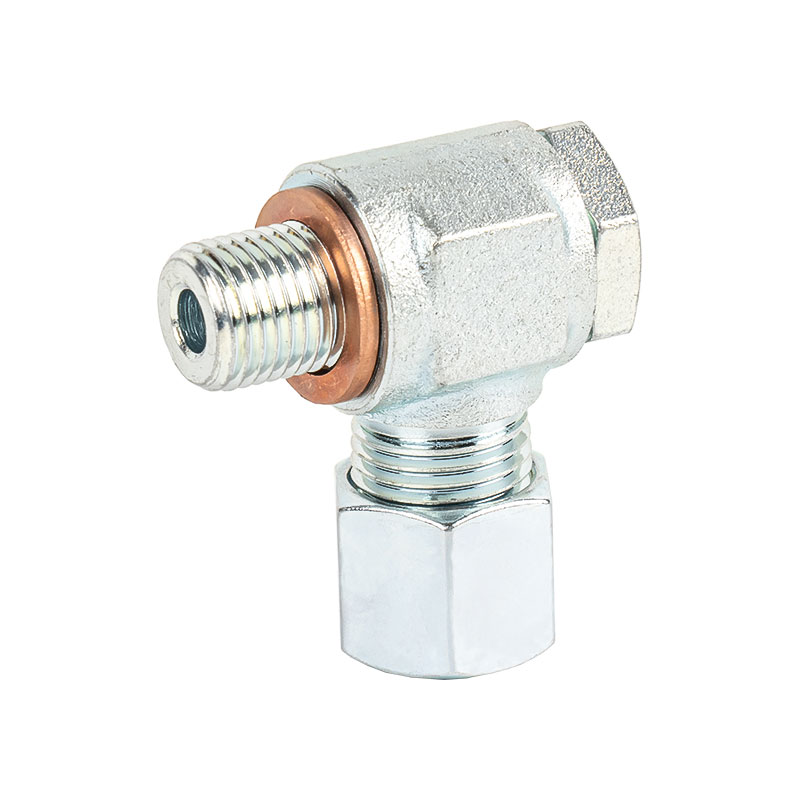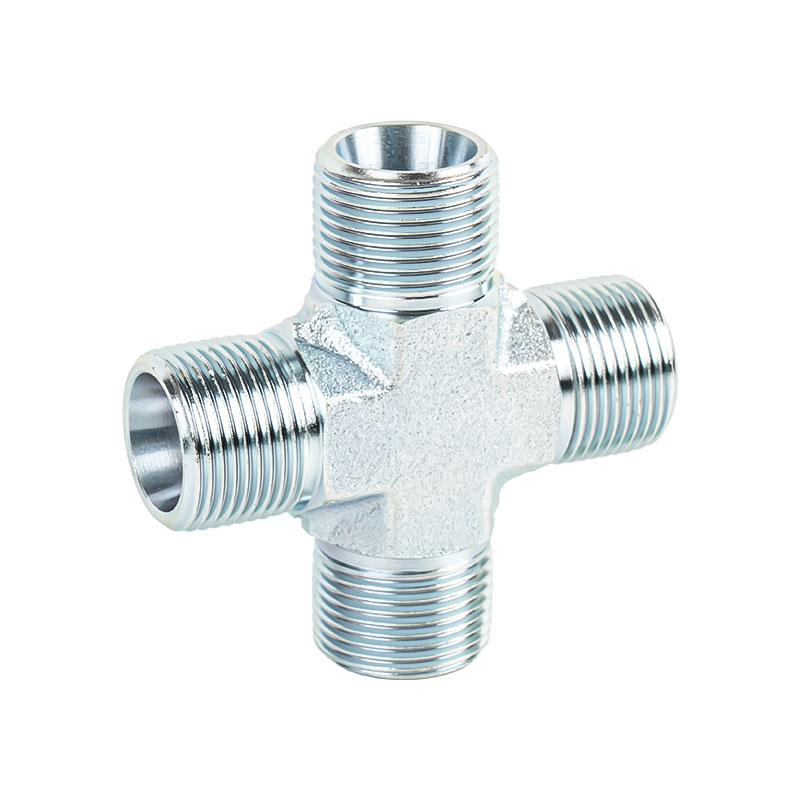The Importance of Integrated Hose Joint Maintenance and Repair
Integrated hose joints are widely used in many industries. Their primary function is to connect hoses to equipment, ensuring stable liquid or gas transmission. To maintain the performance and extend the service life of the joint, regular maintenance and repair are essential. Proper maintenance and repair measures not only prevent failures but also reduce operating costs and ensure a safe working environment.
Common Faults of Integrated Hose Joints
Integrated hose joints may encounter several common faults during use. First, the joint's sealing performance may deteriorate, leading to leakage. Second, the joint may become worn or corroded due to external forces or prolonged use. Furthermore, excessive operating pressure or temperature can also affect the lifespan of the joint. Therefore, special attention should be paid to these issues during repair and maintenance, and timely measures should be taken to prevent further problems.
Regular Inspection and Cleaning
Regular inspection and cleaning are important maintenance measures for integrated hose joints. During inspection, pay attention to any obvious signs of wear, corrosion, or looseness. Check the joint's sealing ring for any signs of damage or deterioration. If any problems are found, the seals or other damaged parts should be replaced promptly to ensure proper function of the joint. When cleaning, use appropriate cleaning tools and agents, and avoid using highly corrosive chemicals to prevent damage to the joint surface.
| Maintenance Item | Inspection Content | Frequency | Recommended Actions |
| Seal Performance Check | Check if the seal ring is aging, cracked, or damaged | Once a month | Replace the seal ring or coupling if issues are found |
| Connection Loosening Check | Check if the hose coupling is loose | Once a month | Tighten the coupling using appropriate tools |
| Wear Inspection | Check for wear or corrosion on the coupling | Once a quarter | Replace the coupling if there is significant wear |
| Cleaning Inspection | Check if the coupling surface has dirt or buildup | Once a month | Clean with a soft cloth, avoid strong cleaning agents |
Proper Lubrication and Anti-Corrosion Measures
For some integrated hose joints, proper lubrication can reduce friction and extend service life. Especially at the joint connection, a suitable lubricant can effectively reduce wear and help seals maintain their tightness. When choosing a lubricant, select one that is compatible with the joint material and avoid lubricants that may corrode the joint. Additionally, to prevent corrosion, especially in humid or chemically corrosive environments, regular anti-corrosion treatments such as coating or using anti-corrosion materials can be recommended.
Preventing Overload and Improper Use
Integrated hose joints should be used within their rated pressure and temperature ranges. Excessive pressure or temperature can degrade the joint's sealing performance or even cause rupture. Therefore, users should ensure that the operating environment of the joint meets its specifications and avoid overloading. When selecting an integrated hose joint, choose the appropriate specifications based on actual needs to avoid equipment damage due to overload.
| Working Environment | Precautions | Recommended Actions |
| High Temperature | Check the coupling's high-temperature resistance | Choose couplings suitable for high temperatures and avoid overloading |
| High Pressure | Ensure the coupling's pressure tolerance | Do not exceed the coupling's maximum pressure rating |
| Corrosive Environment | Check the coupling material's corrosion resistance | Select corrosion-resistant couplings and inspect them regularly |
Replacing Damaged Parts
After extended use, integrated hose joint components such as seals and nuts may deteriorate, wear, or corrode. These should be replaced promptly. Seals, in particular, are crucial components for ensuring the joint's sealing performance. Damaged or aged components must be replaced immediately to prevent leaks or loosening. When replacing parts, ensure they meet the same specifications as the original components and avoid using inappropriate substitutes, which may affect the overall performance of the joint.
Storage and Storage Requirements
When not in use, integrated hose joints should be stored in a dry, well-ventilated environment, away from direct sunlight. Excessive UV exposure or high humidity may accelerate the aging of the joint material and reduce its service life. Therefore, care should be taken to avoid contact between the joint and corrosive chemicals during storage to prevent irreversible damage. Additionally, avoid stacking hose joints excessively high or placing excessive pressure on them to prevent deformation due to uneven pressure.
Regularly Replace Joints
Although integrated hose joints have a relatively long service life, they can be shortened under high loads or harsh environments. Therefore, it is crucial to regularly inspect and replace joints based on actual usage. Even after extended use, even if there are no obvious faults, joints should be replaced regularly to ensure safe operation. When replacing, select the same or compatible joint based on the equipment's requirements to ensure a secure seal and safety.

 中文简体
中文简体